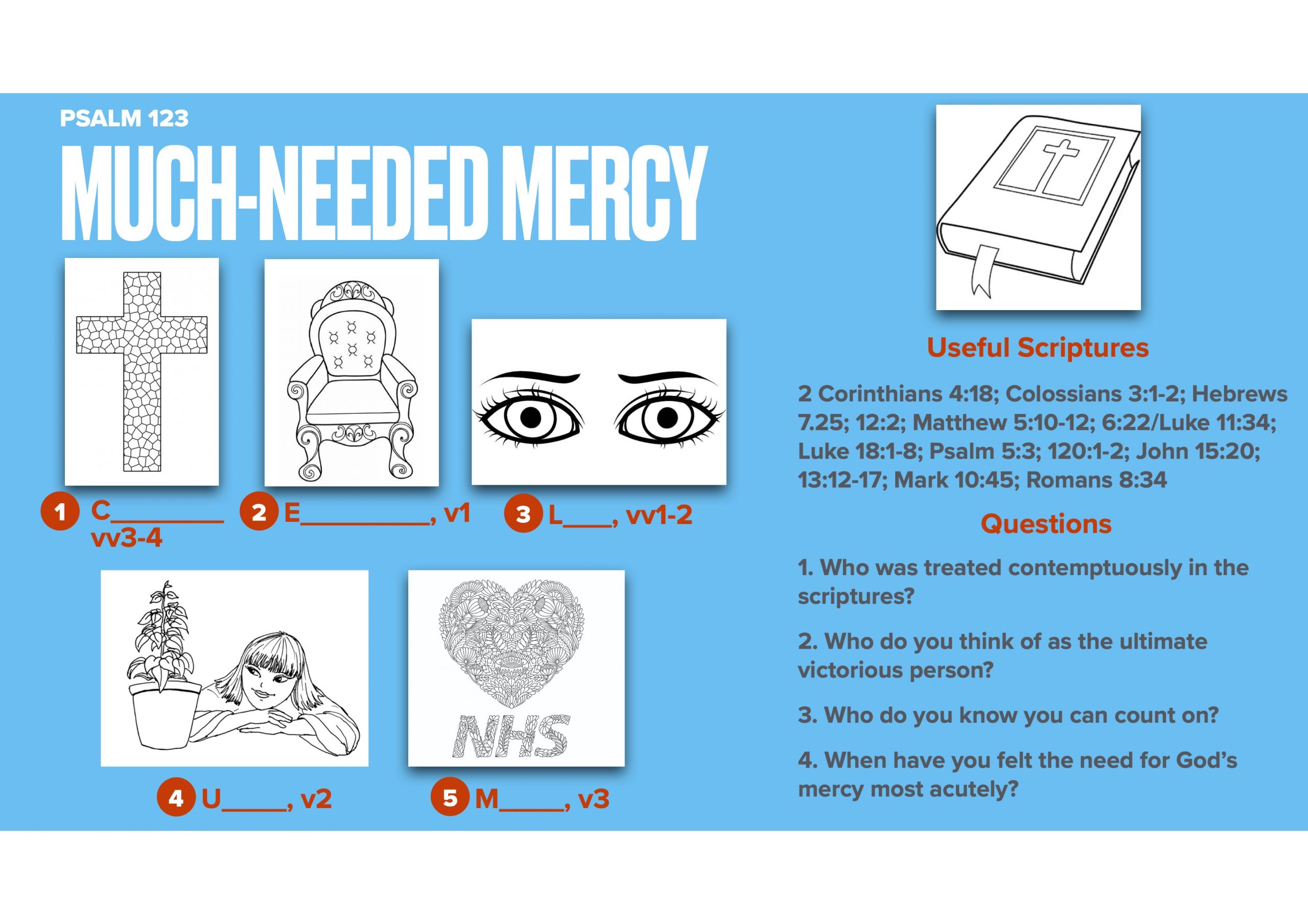Part 2 – standing
What is the usefulness and relevance of movement and posture in corporate worship? This is the second in a series on this topic inspired by a chapter in “Participating in Worship” by Craig Douglas Erickson.
Today we look at the issue of standing.
We are very well used to standing in church services. But how we thought about its purpose? Do we know why we stand?
There are many postures for prayer, but the most common in the old Testament is standing: Exodus 33:8, 10; 1 Samuel 1:26; Psalm 134; Matthew 6:5; Luke 18:11-13.
Jesus stood to pray and expected that his followers would do so also (Mark 11:25). The people of God stood to listen to God as he spoke to them (Exodus 19:17; Nehemiah 8:5). Jesus stood up to speak and to read in the synagogue (Luke 4:16).
Why do we stand? I would suggest that we stand to indicate three things:
- Respect. It’s customary to stand when someone to whom you wish to show respect comes in to a room. Military personnel stand at attention when receiving orders. Those in a courtroom stand when the judge enters.
- Readiness. When standing one is ready to move, to act, to serve.
- Confidence. Quoting Eriksson, “As a posture for prayer, standing signifies the freedom and dignity of the new covenant. Adopted as God’s children, Christians may stand before God confident that they have been redeemed. Moreover, standing expresses the confidence of Christians as they await the final coming of the Lord. As the elect, they will be able to stand when God appears (Malachi 3:2). Enraptured in heaven, they will stand before the Lamb (Revelations 7:9; 15:2).
With these thoughts in mind, perhaps we should consider more carefully when we stand in a corporate worship context. Should we stand for the reading of Scripture? Would it be helpful to stand together at the end of the service and receive an exhortation to go out into the world to act for Christ?
Might it be healthy to vary our prayer postures at different points in the service and include standing as one way to exult in the confidence we have in Christ?
Have you tried something like this? Have you seen something like this done well?
Please add your comments on this week’s topic. We learn best when we learn in community.
Do you have a question about teaching the Bible? Is it theological, technical, practical? Send me your questions or suggestions. Here’s the email: malcolm@malcolmcox.org.
If you’d like a copy of my free eBook on spiritual disciplines, “How God grows His people”, sign up at my website: http://www.malcolmcox.org.
Please pass the link on, subscribe, leave a review.
“Worship the LORD with gladness; come before him with joyful songs.” (Psalms 100:2 NIV11)
God bless, Malcolm
PS: You might also be interested in my book: “An elephant’s swimming pool”, a devotional look at the Gospel of John

